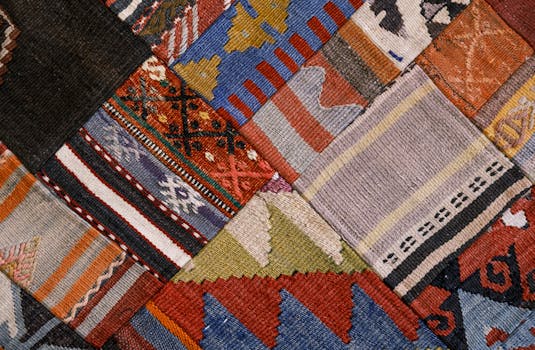
Connecting Cultures: The Story Behind Africa’s Diverse Fiber Traditions
Africa’s diverse fiber traditions are a testament to the continent’s rich cultural heritage, with each region boasting its unique textile arts and techniques. From the vibrant kente cloth of Ghana to the intricate batik of Nigeria, Africa’s fiber traditions are a reflection of the continent’s history, mythology, and values. In this article, we will delve into the story behind Africa’s diverse fiber traditions, exploring their origins, significance, and impact on the continent’s cultural identity.
Introduction to African Fiber Traditions
African fiber traditions have been an integral part of the continent’s cultural heritage for centuries. The use of fibers such as cotton, wool, and silk dates back to ancient times, with evidence of textile production found in archaeological sites across Africa. The art of weaving, dyeing, and printing fabrics has been passed down from generation to generation, with each region developing its unique techniques and styles. Today, African fiber traditions continue to play a vital role in the continent’s cultural identity, with many communities relying on textile production as a source of income and a means of preserving their cultural heritage.
The Origins of African Fiber Traditions
The origins of African fiber traditions are diverse and complex, reflecting the continent’s history of migration, trade, and cultural exchange. The use of cotton, for example, is believed to have originated in ancient Egypt, where it was cultivated and woven into fine linens. The art of weaving and dyeing fabrics was also influenced by the ancient civilizations of West Africa, such as the Ghana and Mali empires. The introduction of Islam and Christianity also had a significant impact on African fiber traditions, with the adoption of new textile techniques and motifs. Today, African fiber traditions continue to evolve, incorporating modern materials and techniques while remaining true to their cultural roots.
Significance of African Fiber Traditions
African fiber traditions are more than just a means of producing clothing and textiles; they are a reflection of the continent’s cultural identity and values. The vibrant colors, intricate patterns, and symbolic motifs that adorn African fabrics are a testament to the continent’s rich cultural heritage. In many African cultures, textiles are used to convey social status, marital status, and cultural affiliation. For example, the kente cloth of Ghana is a symbol of royalty and nobility, while the adire cloth of Nigeria is a symbol of fertility and prosperity. African fiber traditions also play a significant role in preserving the continent’s history and mythology, with many textiles depicting stories of ancestral heroes and mythical creatures.
Conclusion
In conclusion, Africa’s diverse fiber traditions are a testament to the continent’s rich cultural heritage and creativity. From the intricate batik of Nigeria to the vibrant kente cloth of Ghana, African fiber traditions are a reflection of the continent’s history, mythology, and values. As we continue to navigate the complexities of globalization and cultural exchange, it is essential that we preserve and promote Africa’s diverse fiber traditions, recognizing their significance not only as a means of cultural expression but also as a source of economic empowerment and cultural identity.



